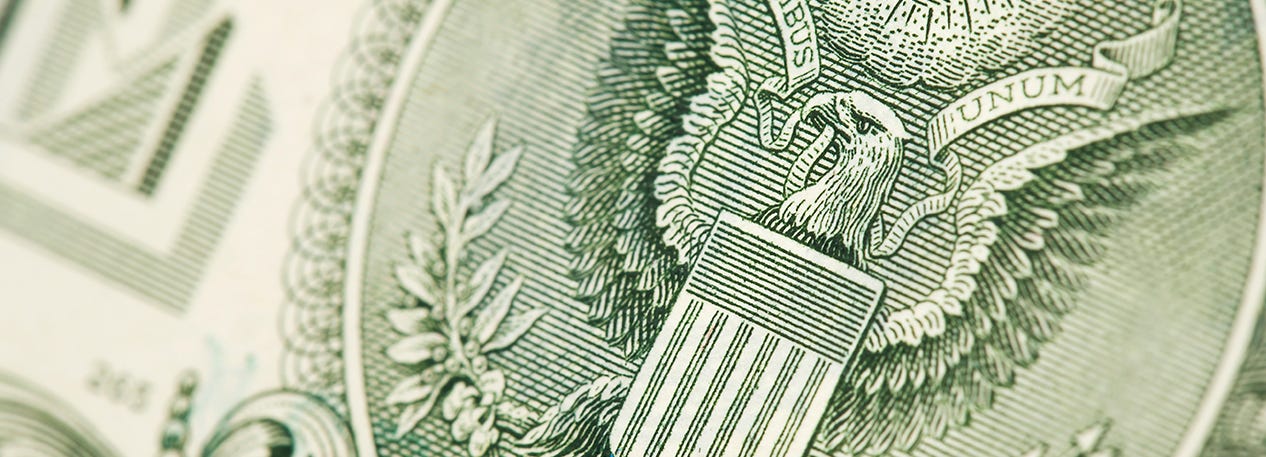What is Money?
Money today (ones and zeroes) seems to be different from the past (Gold and Silver)
Money originated thousands of years ago as a solution to the inefficiencies of bartering, where direct exchange required both parties to want what the other had (you have two chickens, I have a copper pot, are they worth the same? etc)
Early forms of money included commodity money, like shells, cattle, or precious metals, which had intrinsic value and were widely accepted.
Around 600 BCE, coins made of gold, silver, and copper emerged, standardizing trade. Paper money first appeared in China during the Tang Dynasty (7th century CE) and became widespread under the Song Dynasty, representing a promise to pay in metal reserves.
Over time, paper money evolved into fiat currency, backed by trust in governments (is there any left tho??)… rather than physical commodities.
In the modern era, digital money and cryptocurrencies like Bitcoin have emerged, revolutionising how value is stored and exchanged.
The poet-economist William Stanley Jevons defined money by its four functions:
a medium of exchange,
a common measure of value (aka, unit of account),
a standard of deferred payment (ie, it can be used to repay debt), and
a store of value.
“Money's a matter of functions four,
A Medium, a Measure, a Standard, a Store.”
— William Stanley Jevons, Money and the Mechanism of Exchange (1875)
Somewhere along the line, economists dropped the standard-of-value function. This leaves us with the famous three-pronged, functional definition of money:
a medium of exchange,
a unit of account and
a store of value.
Of these, “medium of exchange” has always been the most important, as evidenced by the title of Jevons’ treatise: Money and the Mechanism of Exchange.
The primary purpose of money, Jevons wrote, was to solve the “double coincidence of wants” problem that’s inherent to barter systems by allowing individuals to sell their goods for currency and then using that currency to buy what they want.
This primary function of money was meant to be bitcoin’s primary function too, as Satoshi Nakamoto (the founder of Bitcoin) made clear in the first line of his seminal white paper: “A purely peer-to-peer version of electronic cash would allow online payments to be sent directly from one party to another without going through a financial institution.”
That hasn’t worked out so far as people have mostly chosen to HODL (hold) bitcoin instead of using it for payments.
As the poet-economist William Jevons MIGHT have put it:
“Crypto's a matter of functions one,
A store of value, but money it's none (yet)”
With modern money not backed by anything tangible, the Governments and politicians of the world just can’t help printing more and more of it so that they can fund their pet projects and salary increases - this is a form of stealth tax or theft of the working classes.
With the national debts of the majority of the world’s countries spiralling out of control, it remains to be seen whether most of the worlds currencies will end up in hyperinflation (where they aren’t worth anything), or whether they’ll survive.
If things keep going the way they are globally, then we will either have to either:
return to sound money (money backed by Gold or some other commodity), or
switch fully to crypto, which (at present) can’t be printed into oblivion by politicians.





In both above options the next currency should be UNIVERSAL and NOT FLUCTUATING , the criteria which is nearly impossible to achieve at least in the phase of transformation. Even smaller units of bitcoins like Satoshi are not near to stable to attach to any value or object.